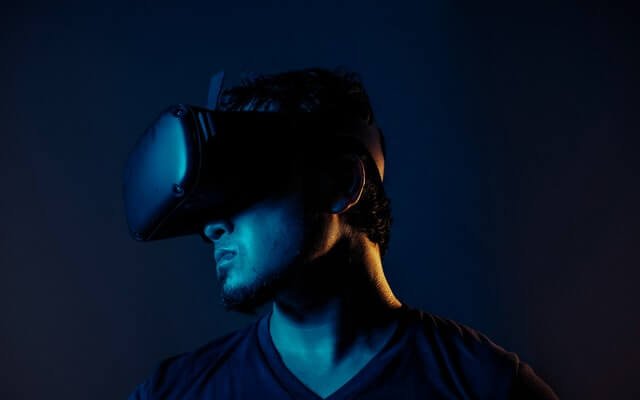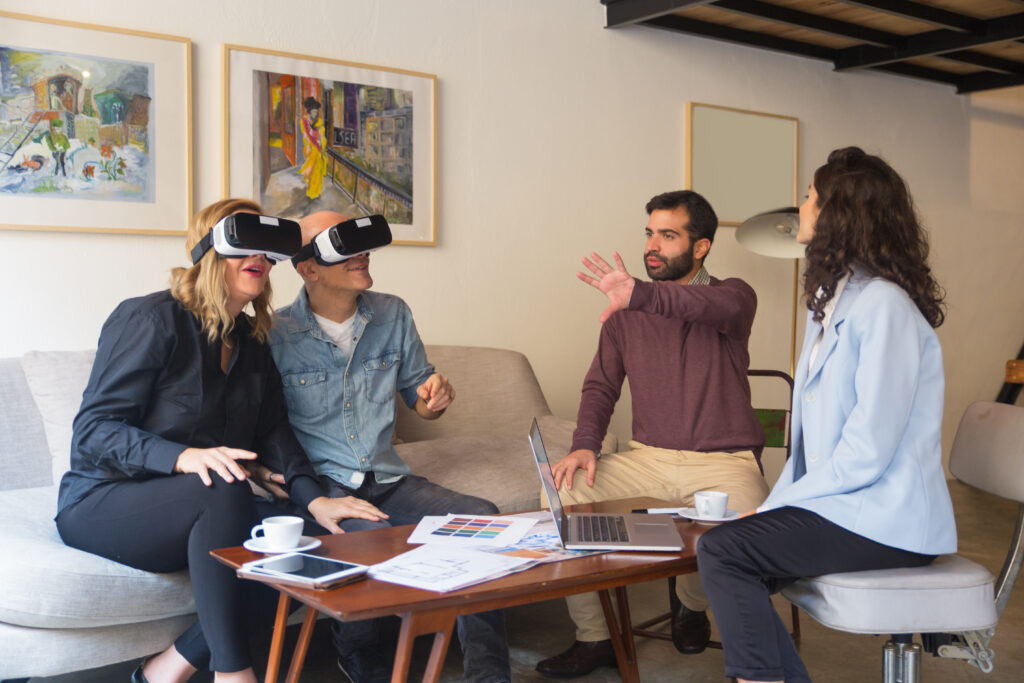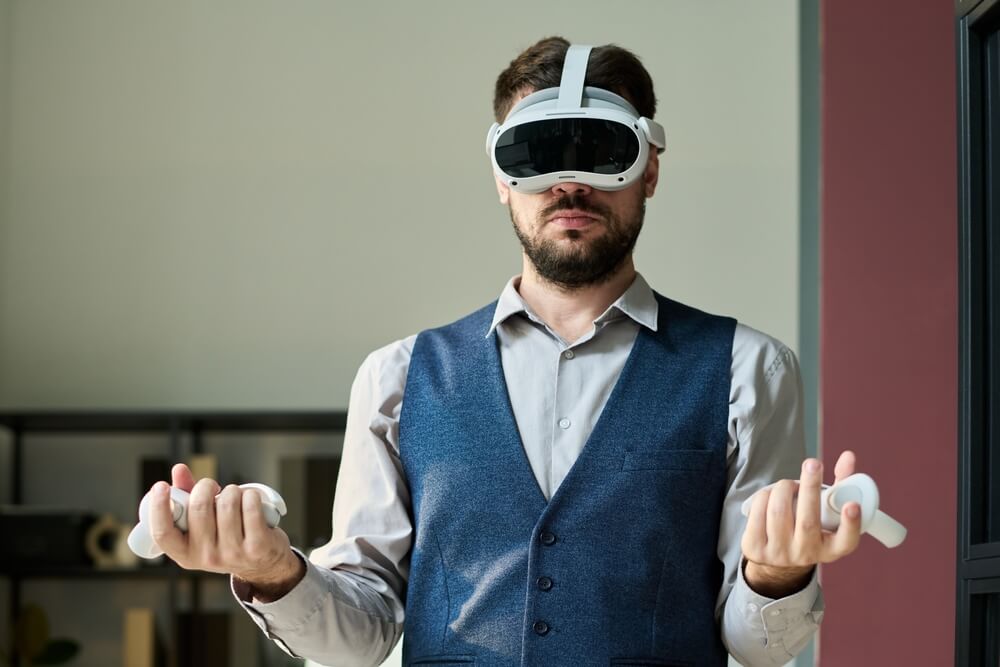How can Virtual Reality enhance B2B sales?
Table of Contents:
A few years ago, virtual reality sounded like a term out of a sci-fi novel or someone’s dreams. Yet, today, leading global technology firms are racing to create and develop the best virtual reality technologies, and marketers are coming up with more sophisticated ways to use VR in sales support strategies in the B2B sector. So, how can this technology improve the sales process and help companies to achieve even better financial results? Read on to find out the answer to this question and more.
How does VR support sales?
Virtual reality is the only medium that gives the impression that a person is physically present within an event as it happens in real time. Current virtual reality tools can replace the external world with an artificial or prerecorded one. They achieve this by “tricking” as many as three parts of the human brain. Among other things, these areas are responsible for:
- perception and processing of sensory impressions and cognitive processes including thinking,
- regulating behavior and emotional states such as fear and pleasure or even remembering,
- basic life activities and integration of stimuli.
To develop a VR-based campaign that will have a tangible effect on the purchasing behavior and decisions of B2B customers, marketers must create experiences that affect all areas of the customer’s brain, convincing their memory and influencing their emotions.
Availability and market adoption of VR technology in the B2B sector
Virtual reality hardware is becoming increasingly more available and popular. As a result, there has also been a significant increase in the demand for AR and VR headsets. Data released by Statista shows that sales of such devices will reach more than 76.7 million units per year by 2024, at which point immersive technologies will dominate the market even more.
What’s more, as new technologies continue to advance, we can expect VR experiences to become even more realistic and thus better able to influence users’ decisions. This, combined with the growing popularity of hardware, means that virtual reality will have the potential to provide the best way to reach customers in the B2B sector.
How can virtual reality be used to improve sales in the B2B marketplace?
Industry events – coverage of company events using VR
More and more brands are choosing to enrich their lectures or stands at trade fairs and industry events with VR to present their products in what is still a relatively authentic way. Moreover, companies are also increasingly eager to report on their speeches and presence at events in their social media channels, so they can invite their followers to participate virtually in the company’s life and interact with it more extensively.
Try before you buy – the utility of VR in B2B sales
Virtual reality provides a thoroughly convenient way to demonstrate the functionality of a product to your customers by transporting them to a virtual space where they can try it out in different scenarios.
These activities bring tangible benefits to the sales process as customers can authentically experience a product before deciding whether to purchase it or not. But, crucially, by using virtual reality to sell through B2B channels, the end-user experience can be fully personalized so that any customer questions can be answered, thus encouraging them to build an even stronger and more profound connection with the product or service.
Virtual trade shows – VR: a recipe to improve any business during a pandemic
The ongoing COVID-19 pandemic has shown us how easy it is for businesses to fail in volatile conditions. The lockdowns and restrictions meant that many planned conferences and business meetings did not take place. However, there is a way out of the situation – virtual reality can help businesses to make effective product presentations remotely. What’s more, virtual reality platforms can provide a social space for sales teams to meet and interact with potential customers.
Use VR and invite your customer to buy
Technology companies have already clearly recognized the vast potential of VR technology and how much of an impact it is going to have on our lives in the coming years. This cannot be ignored by marketers, who need to focus on novel and eye-catching ideas when planning their campaigns to encourage B2B representatives to interact with their brand in a world where advertising rarely surprises or engages people anymore. Ignoring such a massive leap in consumer technology, they can only expect to lose to or fall far behind their competitors. However, when using VR in your marketing strategies, you have to remember to bet on creativity and usability to positively influence customers’ decision-making processes and to present your brand as a reliable one to use or be partnered with.

Author: Rafał Siejca
Rafal has over twenty years of corporate experience, including roles at Millennium Bank, Comarch, and leading software teams at PZU, one of Europe’s largest insurance companies. As one of Poland’s few true VR experts with a decade of experience, he ensures timely, high-quality project delivery as CEO and CTO.










